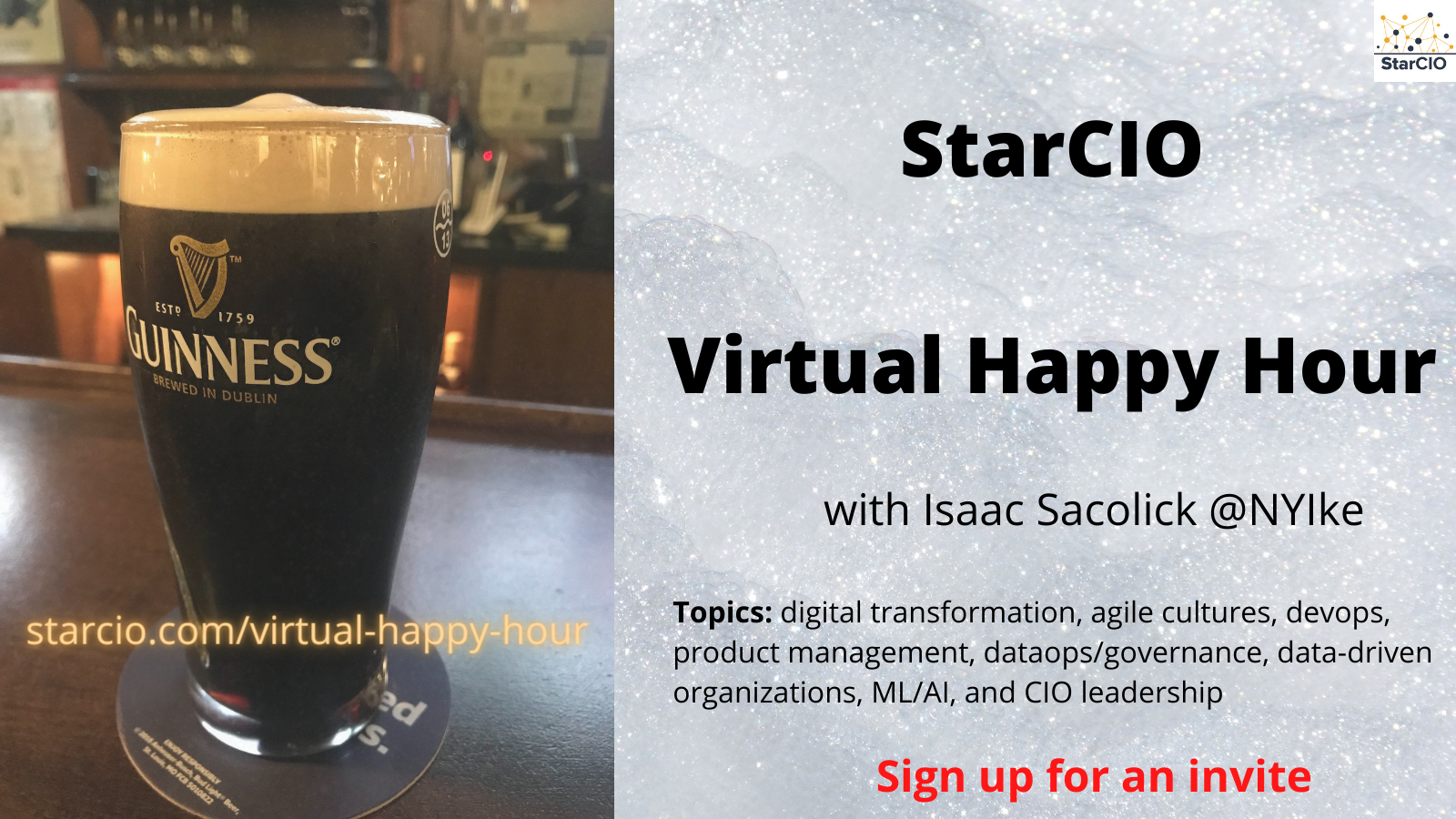There are several times during the year when I recommend leaders carve out time for outside-in thinking. The goal of outside-in thinking is to develop an expansive viewpoint on markets, customers, prospects, competition, industry, and technology capabilities through an outsider's broad perspectives and progress beyond the insider's narrow angle lens driven by stakeholders, short-term financial goals, and resolving yesterday's crisis.
Leaders cannot wait for outside-in thinking opportunities to appear before them magically and the best leaders create an environment for themselves and their teams to learn, experience, think, and brainstorm from an outsider's perspective. They establish a collaborative dialog on what people are learning, what's relevant to business priorities, which new ideas should be prioritized, what assumptions should be challenged, and what changes should be implemented.
Only that's not as easy during this period of COVID and remote working. Leaders can't schedule offsite meetings at inspiring locations, attend in-person conferences where they can brainstorm with colleagues, or visit remote teams to gain their perspectives. Reaching out to customers can be even more challenging.
We have to work twice as hard to develop outside-in thinking. So here are some suggestions:
1. Invite Partners and Customers to Brainstorms
There are many techniques for running in-person brainstorming sessions, brainstorming with tools, and brainstorming by yourself. There are also emerging best practices on how to brainstorm remotely and tool recommendations.
What can often get neglected is that it's not just important to decide what you are brainstorming and how you are conducting the process, but who is invited to the discussion, and where outside facilitation is needed.
Outside-in thinking says that you're not just brainstorming with employees, but you're open to bringing outsiders in to participate or lead the discussion. Outsiders can include customers, partners, industry experts, analysts, people from adjacent industries, or experts who can challenge people's thinking. When you open brainstorming to outsiders, you gain a fresh perspective on the problem statements and solutions. And chances are, outsiders are more likely to call out the elephant in the room or other status-quo thinking.
2. Cocreate Innovative POCs with Experts
Deciding to invest in a POC shouldn't mean that teams must DIY the implementation or that the organization should outsource to a partner. Door number three is to cocreate the POC so that the implementation is also a learning experience.
Cocreating with a technology expert may be easier today as more organizations have been forced to open up more remote working capabilities. It means that a small agile team can include a mix of employees, partners, and experts and can POC through emerging technologies, machine learning experiments, user experiences, or other innovations.
The key to successful experiments is to enable outsiders to ask questions and recommend solutions. Just recruiting outsiders for their technical expertise ignores the opportunity to be challenged or consider their recommendations.
3. Attend Virtual Happy Hours
Over the last several months, I've attended, keynoted, and moderated discussions at many webinars and virtual conferences. Many of these are must-attend events for leaders, technologists, and innovators to learn and stay current around leadership principles, technologies, and practices, especially during this volatile period that requires reevaluating strategies and priorities.
Some of these events do a great job of soliciting questions and dialog with the audience. But most people will tell you that they miss the networking that occurs in between sessions, at meals, and at the bar that occur during in-person conferences.
So I've attended and been hosting virtual happy hours. I do some as morning coffee discussions and others to virtually toast on a subject in the evening. I cover all my favorite topics, including digital transformation, agile cultures, devops, product management, dataops/governance, data-driven organizations, ML/AI, and CIO leadership.
Want to join a StarCIO Virtual Happy Hour? They're free, and I hope you will sign up for one!


No comments:
Post a Comment
Comments on this blog are moderated and we do not accept comments that have links to other websites.